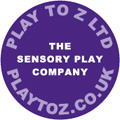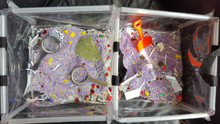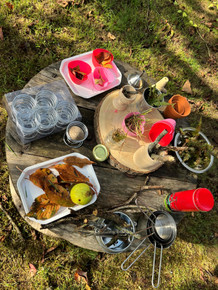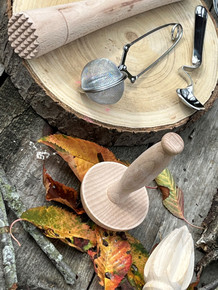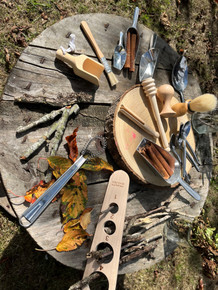Categories
Categories
- Home
- Sue's Published Books
- Messy Play in the Early Years - Supporting Learning through Materials Engagements
Messy Play in the Early Years - Supporting Learning through Materials Engagements
Product Description
Published just before Christmas Messy Play in the Early Years - Supporting Learning through Material Engagements is already receiving some rave reviews!
'Makes sense of this deeply significant sensory engagement - and transforms our ideas about what "messy" really means' - Jan White.
And this is is what author and EPR guru Sue Jennings had to say about Messy Play in the Early Years...'This remarkable book gives us the why's and wherefore's of messy play, and ways of putting it into practice.'
Combining a rich theoretical foundation with practical tips and advice, Messy Play in the Early Years provides an informative and practical exploration of the unique qualities, characteristics and learning possibilities of messy play. Drawing on research and theory, this accessible book will bolster readers’ understanding and appreciation of messy play and show how a range of material engagements can enhance young children’s development and learning. Chapters explore an array of resources to consider how the sensory qualities of materials encourage problem-solving, scientific thinking, creativity, self-regulation and self expression as children discover and make sense of new phenomena.
Endorsements:
Jan White, Professor of Practice, University of Wales Trinity St David, UK
I loved reading this well-considered and thoroughly researched book. Sue Gascoyne gifts us with an accessible guidebook for travelling a really interesting journey through ‘the landscape of messy play’. Pulling together many ways of thinking to broaden how we look at messy play, it makes sense of this deeply significant sensory engagement - and transforms our ideas about what ‘messy’ really means.
Through a lively combination of theoretical ideas with careful observations indoors and outdoors, we can see so much more of what children are really doing, feeling and thinking in their engagements with materials. We also come to realise that ‘materials’ are a great deal more than passive, non-active ‘stuff’, making the case for just how much materials matter in the lives of young children.
Sue Jennings – Professor of Play, European Federation of Dramatherapy, UK
As a life-long believer in messy play for creativity, curiosity, growth and development, I am delighted to recommend this book for parents, teachers, clinicians and nursery workers. Too often children are told ‘don’t make a mess’, ‘be sure to clear up’, ‘don’t spill’, ‘that was a clean dress!’, which immediately stunts their expression, and makes them wary of crossing borders! This remarkable book gives us the why’s and wherefore’s of messy play, and ways of putting it into practice. It describes a myriad of techniques in an accessible way. It has my heart-felt support and recommendation.
Dr Karen McInnes, Head of Learning, Teaching and Research, Norland, UK
This is an important book on an area of play which is often neglected within the literature on play. It is highly informative, supported with wonderful photographs of children engaging in the reality of messy play. It dispels many commonly held myths regarding this type of play whilst providing a theoretical underpinning which enables practitioners and students to justify their messy play provision. It offers a wealth of ideas for creating and evaluating messy play environments and materials and provides guidance for the adult role when engaging in this type of play. It is a valuable resource for both students, starting out on their early years’ journey, as well as practitioners wishing to develop their play practice.
Menna Godfrey, Lead practitioner UK private kindergarten
Drawing on her considerable expertise as a play therapist Sue Gascoyne shares a new understanding of the role of messy play as a protagonist in children’s play. Guaranteed to make the reader question their own understanding and interpretations of children’s material engagements, this book encourages them to reflect on their practice and challenges practitioners to make changes in their work practices. Sue offers readers a new lens which will help them recognise the significance for children of the world around them as place where joy, wonder and curiosity combine to inspire young children. This accessible, thought provoking and stimulating book was a joy to read.
 Loading... Please wait...
Loading... Please wait... 